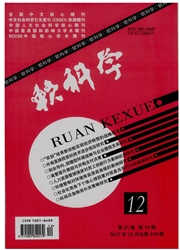

 中文摘要:
中文摘要:
从科研任务、团队成员、团队环境及团队氛围四个方面分析了科研团队内部粘滞知识的形成,建立了知识转移模型,模型描述了团队内部的知识转移随成员间交流次数的变化情况,并利用MATLAB对矩阵模型进行了仿真。仿真结果表明:团队成员的稳定性是实现团队内部高效知识转移的前提;成员间的知识交流需要达到一定的次数才能实现高效的知识转移;将专家引进团队有利于团队内部知识转移;扁平化的组织结构有利于团队内部知识转移。
 英文摘要:
英文摘要:
This paper analyses the formation of sticky knowledge in a academic team and discusses the main factors inclu- ding academic assignment, teammates, academic environment, academic atmosphere separately. It constructs the transfer model which describes the changes of knowledge transfer along with the number of communication among the teammates. Meanwhile, the paper simulates some situations by MATLAB. The result shows that the stability of academic team is the pre- condition to achieve the efficient knowledge transfer; the frequent knowledge exchange can improve the knowledge transfer in a team; the introduction of some experts to the team can enhance the knowledge transfer; the flat structure of the team can benefit the internal knowledge transfer in the academic team.
 同期刊论文项目
同期刊论文项目
 同项目期刊论文
同项目期刊论文
 期刊信息
期刊信息
